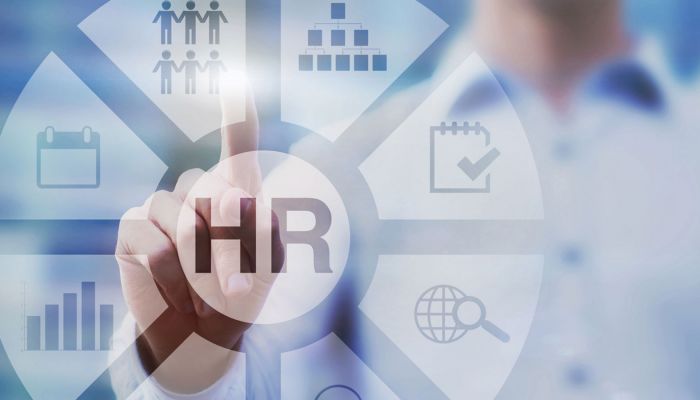Given HR pros are usually so busy with the day-to-day running of their departments, whether it’s dealing with employee complaints, wrangling benefits, making a case for the ROI of the newest leadership development course out there, or generally making sure life is good in the workplace, it’s not often people get a chance to reflect on how HR has evolved. When you think about it, the profession has gone through a sea change, one that’s just as seismic as the changes in society itself over the years. But, of course, that makes sense. HR is and always will be about people, so it must change with the times.
Early days: In the Industrial Era in the U.S., hallmarked by frequent strikes and labor disputes, companies started creating personnel departments to deal with wage-related issues, employee attendance, and gripes between unions and management. Wary employees didn’t quite know what to think about this new workplace role — was “personnel” management’s enforcer or employees’ advocate?
The Fair Labor Standards Act was passed in 1938, and with it came mandated minimum wage. Around that time, something else was taking hold in companies: internal training and development. That became the charge of newly created human resources departments, and the roles and responsibilities between personnel and HR started to converge.
Modern HR: With the changing economic conditions in the 21st century, HR began to take on new facets, including wrangling for the coveted seat at the management table, a quest that is still being pursued to this day in some industries. It became HR’s job to deal with downsizing, layoffs, and recruitment, along with training and development, and the realization suddenly dawned that these were vital functions capable of boosting an organization’s bottom line and competitiveness in the marketplace.
Training took place in the classroom, and indeed many people got into HR because they enjoyed teaching in front of a class, helping employees up their skills and grow their knowledge base. Support for the importance of training grew exponentially, and companies began creating brick-and-mortar corporate universities dedicated to the ongoing training of employees. But in the mid-nineties, a little thing called the Internet began to change training as HR knew it. The HR profession itself went through a sort of existential crisis as the concept of online, just-in-time learning roared onto the scene, dominating everything from conference sessions to boardroom meetings. Online learning modules were in, classroom training was out, and savvy trainers became trainees themselves, learning how to create these modules, navigate learning management systems, and generally adapt this new technology to a profession that had always been about people, not machines.
Today and beyond: Today, HR has evolved to be a strategic partner, and is increasingly part of the C-suite, something that just wasn’t happening in many organizations a generation ago. Business has seen the value of stellar recruitment and hiring, training, and creating a positive employee experience from recruitment to retirement. That’s all on HR’s plate. A relatively new rung on HR’s evolutionary scale is the importance of employer brand. That’s another thing you weren’t hearing much about even a decade ago, and now, with the increasing importance of Glassdoor and other corporate review sites, it’s suddenly Job One on the minds of C-suite execs everywhere.
One new development that has seasoned HR pros chuckling and scratching their heads: Gen Z, just now entering the workplace in droves, wants old-fashioned human connection in the workplace, according to a survey by Dell. They’re expecting to learn the job from peers, not online. What goes around comes around, folks. Stay tuned.









